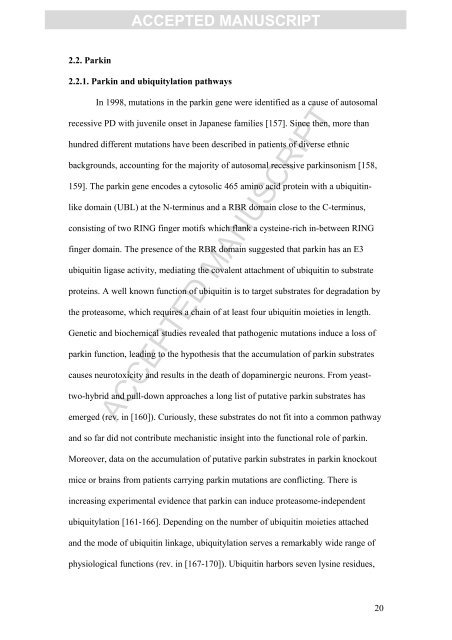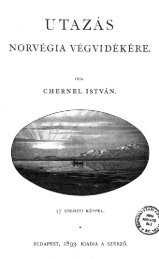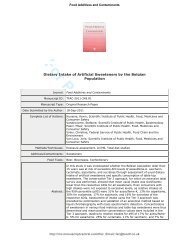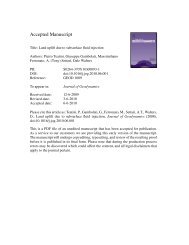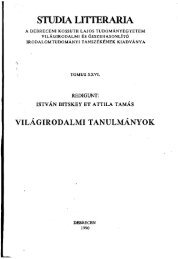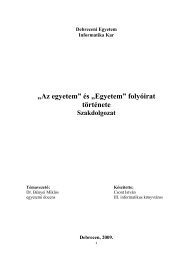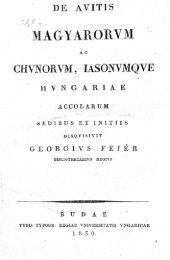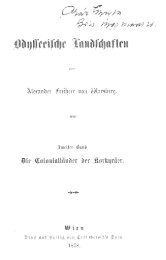accepted manuscript
accepted manuscript
accepted manuscript
You also want an ePaper? Increase the reach of your titles
YUMPU automatically turns print PDFs into web optimized ePapers that Google loves.
2.2. Parkin<br />
ACCEPTED MANUSCRIPT<br />
2.2.1. Parkin and ubiquitylation pathways<br />
In 1998, mutations in the parkin gene were identified as a cause of autosomal<br />
recessive PD with juvenile onset in Japanese families [157]. Since then, more than<br />
hundred different mutations have been described in patients of diverse ethnic<br />
backgrounds, accounting for the majority of autosomal recessive parkinsonism [158,<br />
159]. The parkin gene encodes a cytosolic 465 amino acid protein with a ubiquitin-<br />
like domain (UBL) at the N-terminus and a RBR domain close to the C-terminus,<br />
consisting of two RING finger motifs which flank a cysteine-rich in-between RING<br />
finger domain. The presence of the RBR domain suggested that parkin has an E3<br />
ubiquitin ligase activity, mediating the covalent attachment of ubiquitin to substrate<br />
proteins. A well known function of ubiquitin is to target substrates for degradation by<br />
the proteasome, which requires a chain of at least four ubiquitin moieties in length.<br />
Genetic and biochemical studies revealed that pathogenic mutations induce a loss of<br />
parkin function, leading to the hypothesis that the accumulation of parkin substrates<br />
causes neurotoxicity and results in the death of dopaminergic neurons. From yeast-<br />
two-hybrid and pull-down approaches a long list of putative parkin substrates has<br />
ACCEPTED MANUSCRIPT<br />
emerged (rev. in [160]). Curiously, these substrates do not fit into a common pathway<br />
and so far did not contribute mechanistic insight into the functional role of parkin.<br />
Moreover, data on the accumulation of putative parkin substrates in parkin knockout<br />
mice or brains from patients carrying parkin mutations are conflicting. There is<br />
increasing experimental evidence that parkin can induce proteasome-independent<br />
ubiquitylation [161-166]. Depending on the number of ubiquitin moieties attached<br />
and the mode of ubiquitin linkage, ubiquitylation serves a remarkably wide range of<br />
physiological functions (rev. in [167-170]). Ubiquitin harbors seven lysine residues,<br />
20


